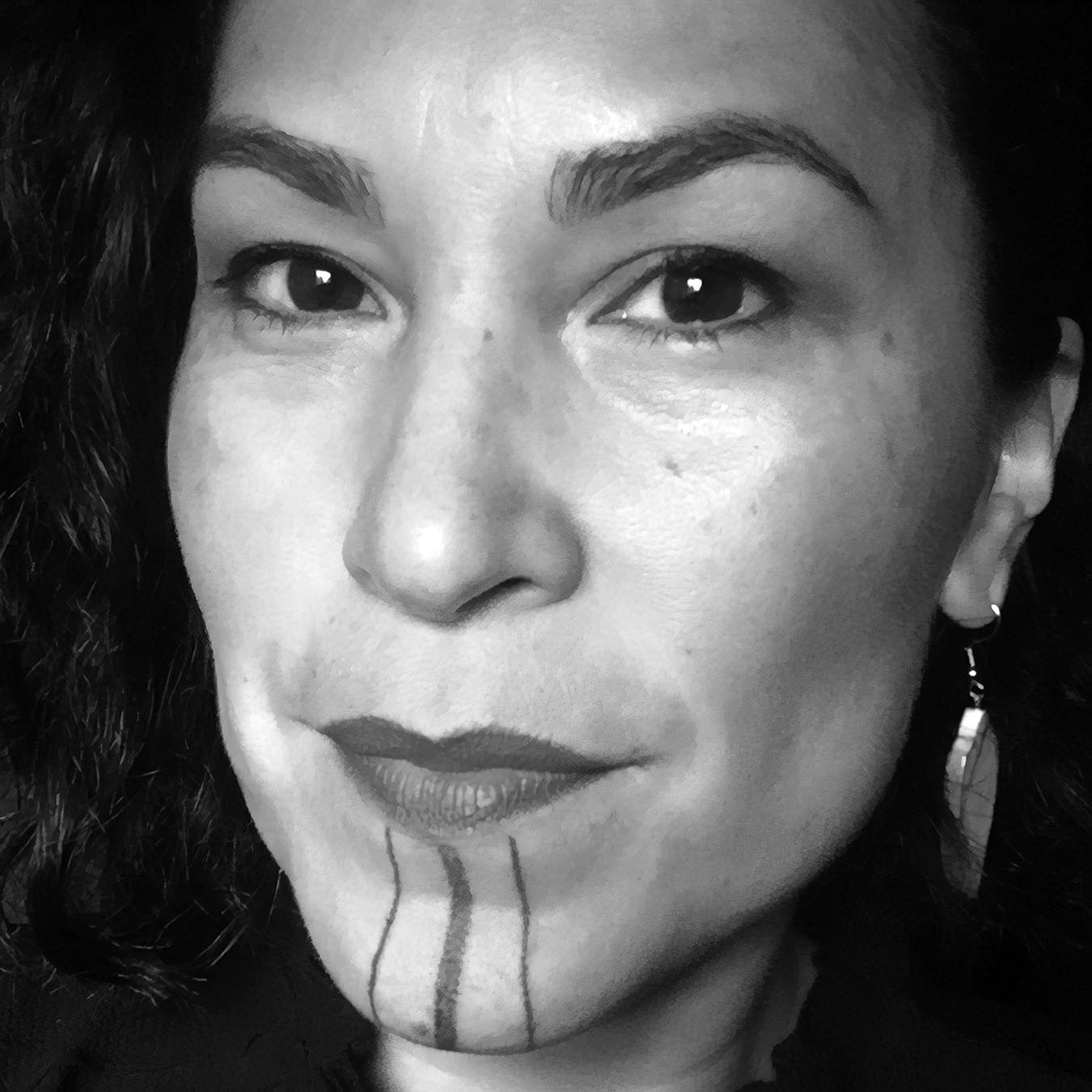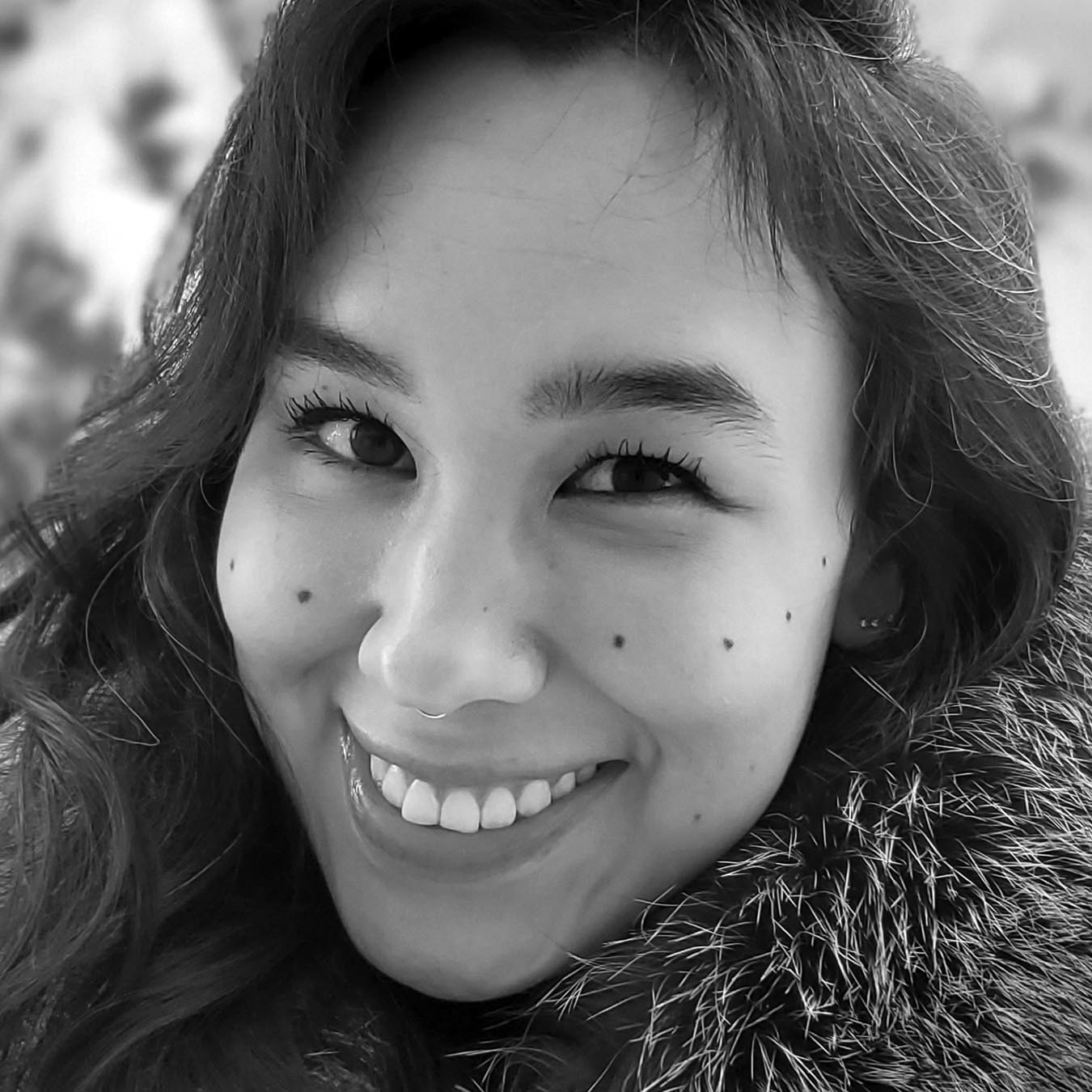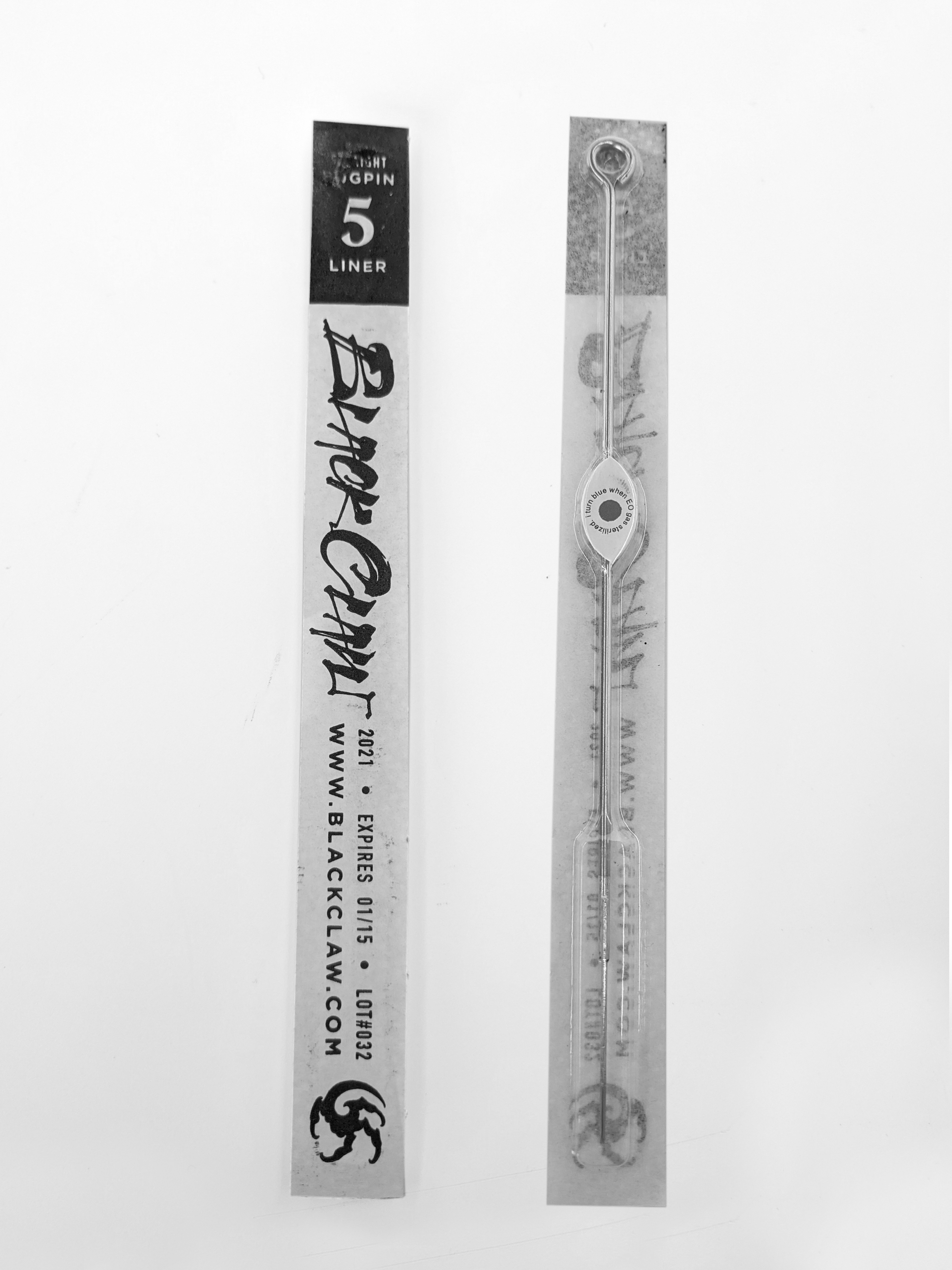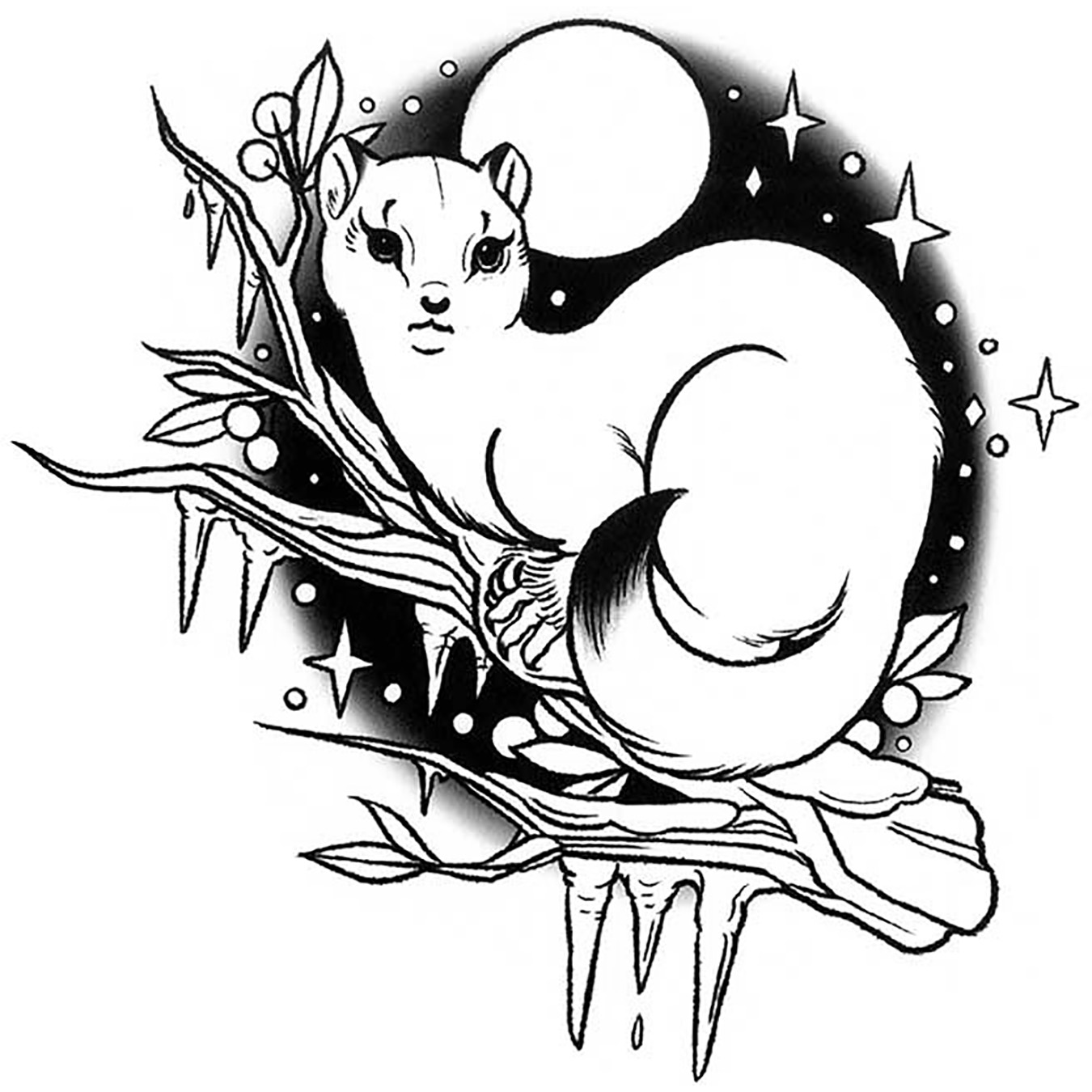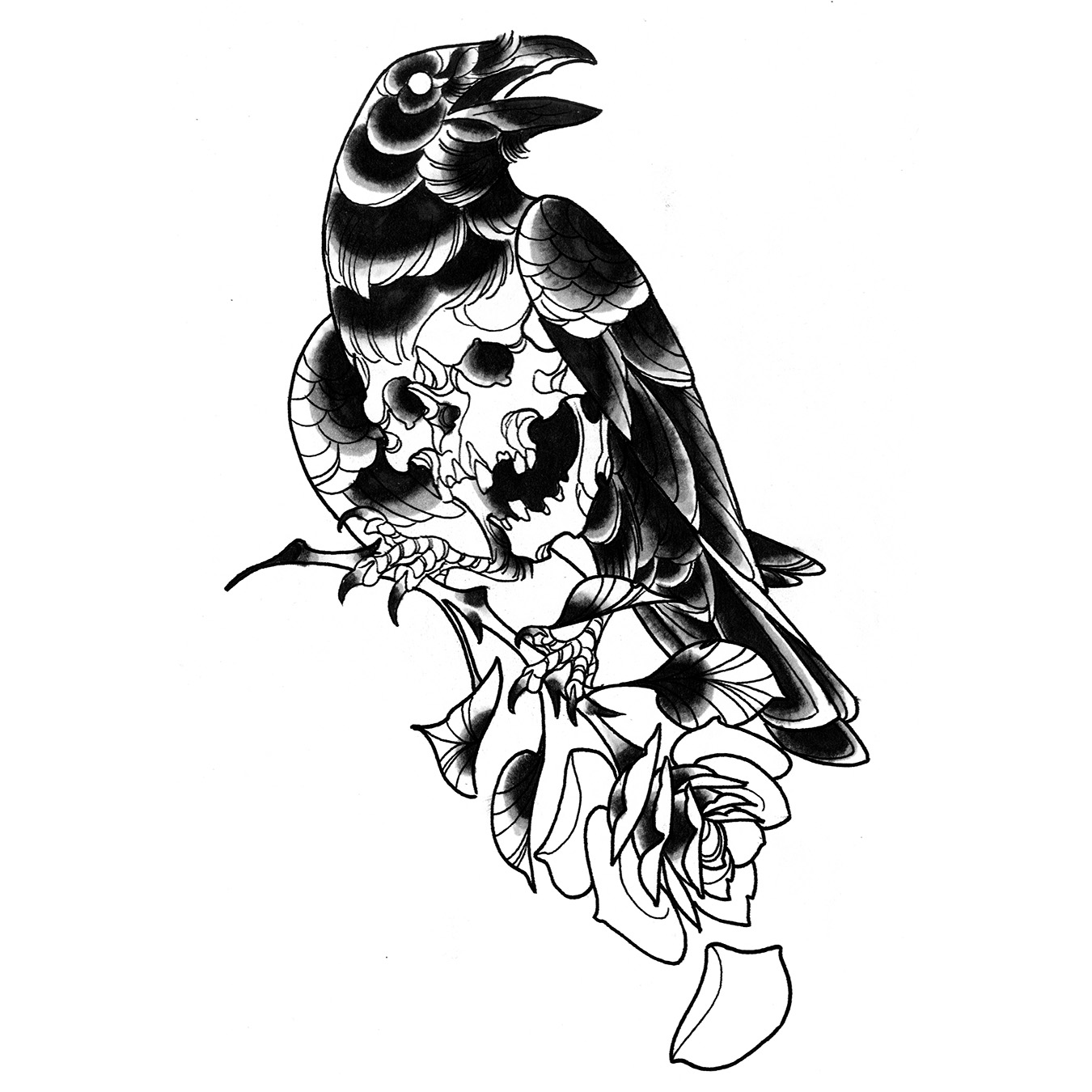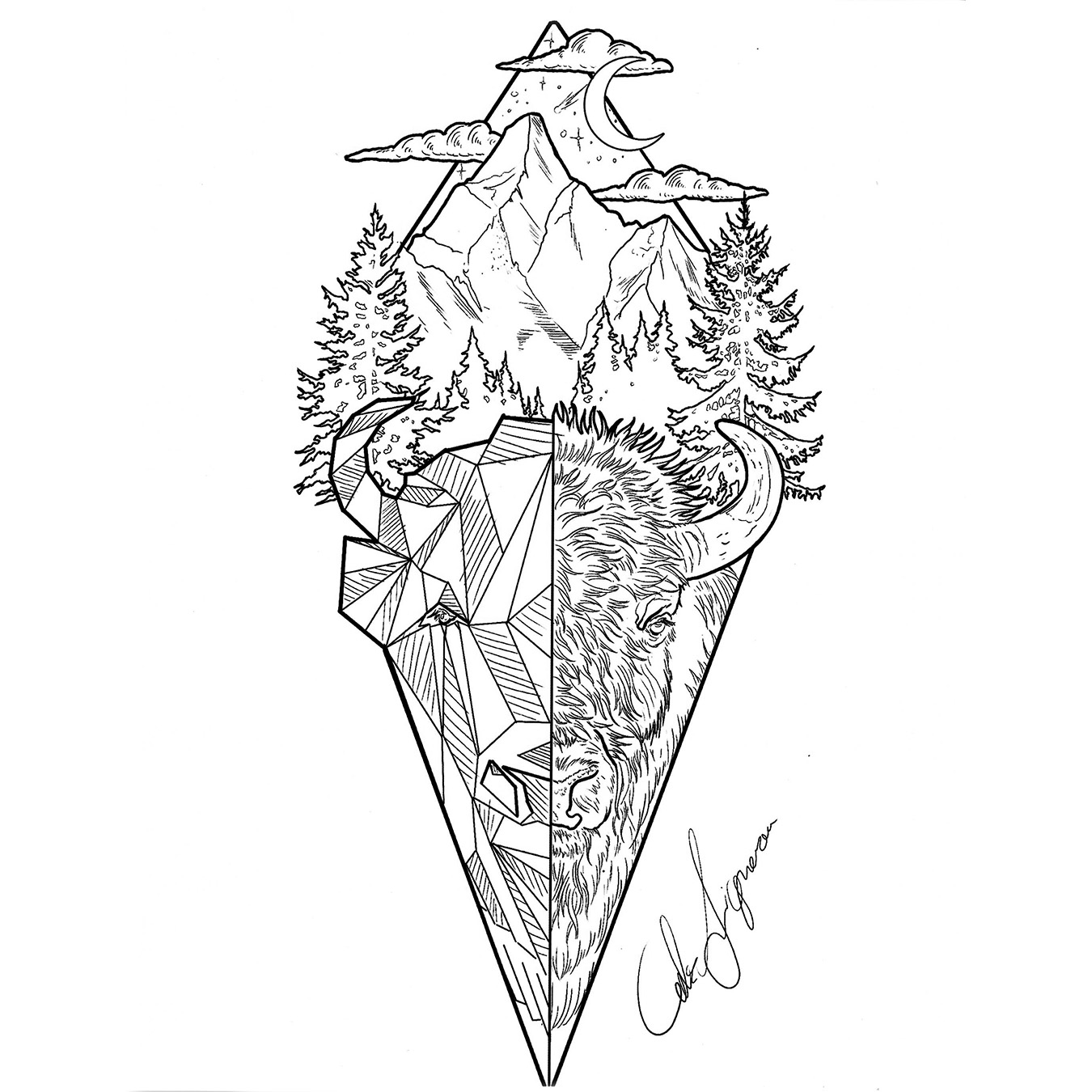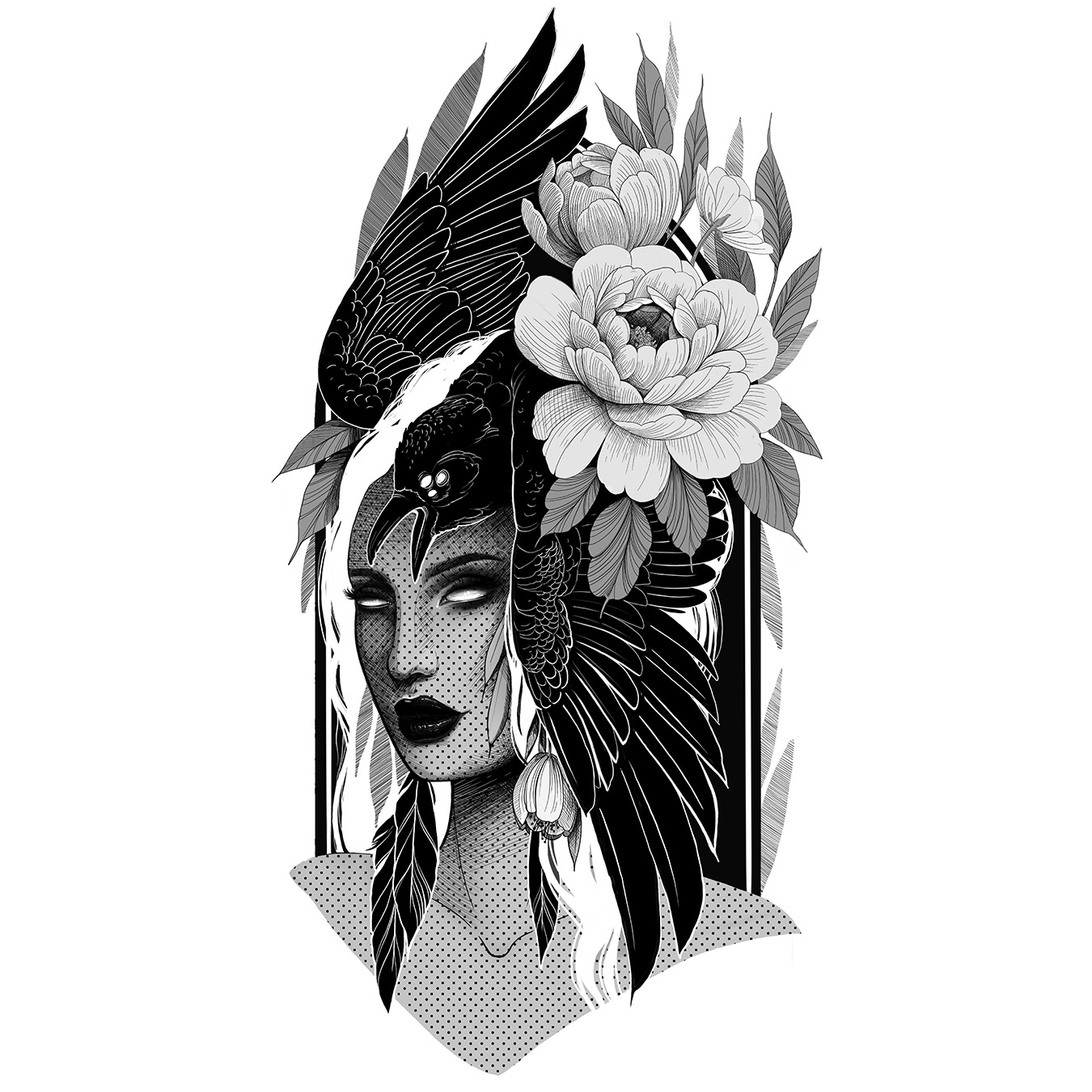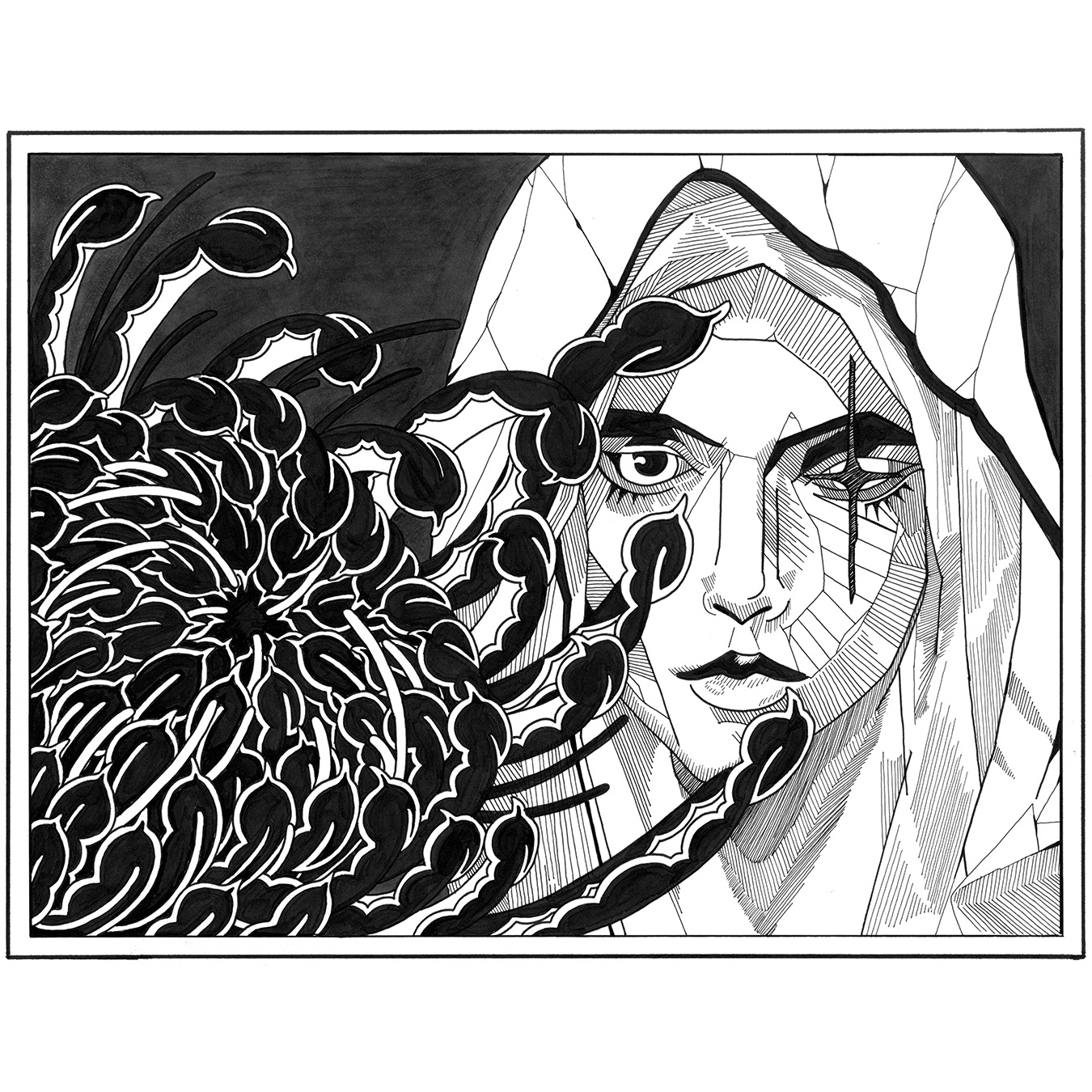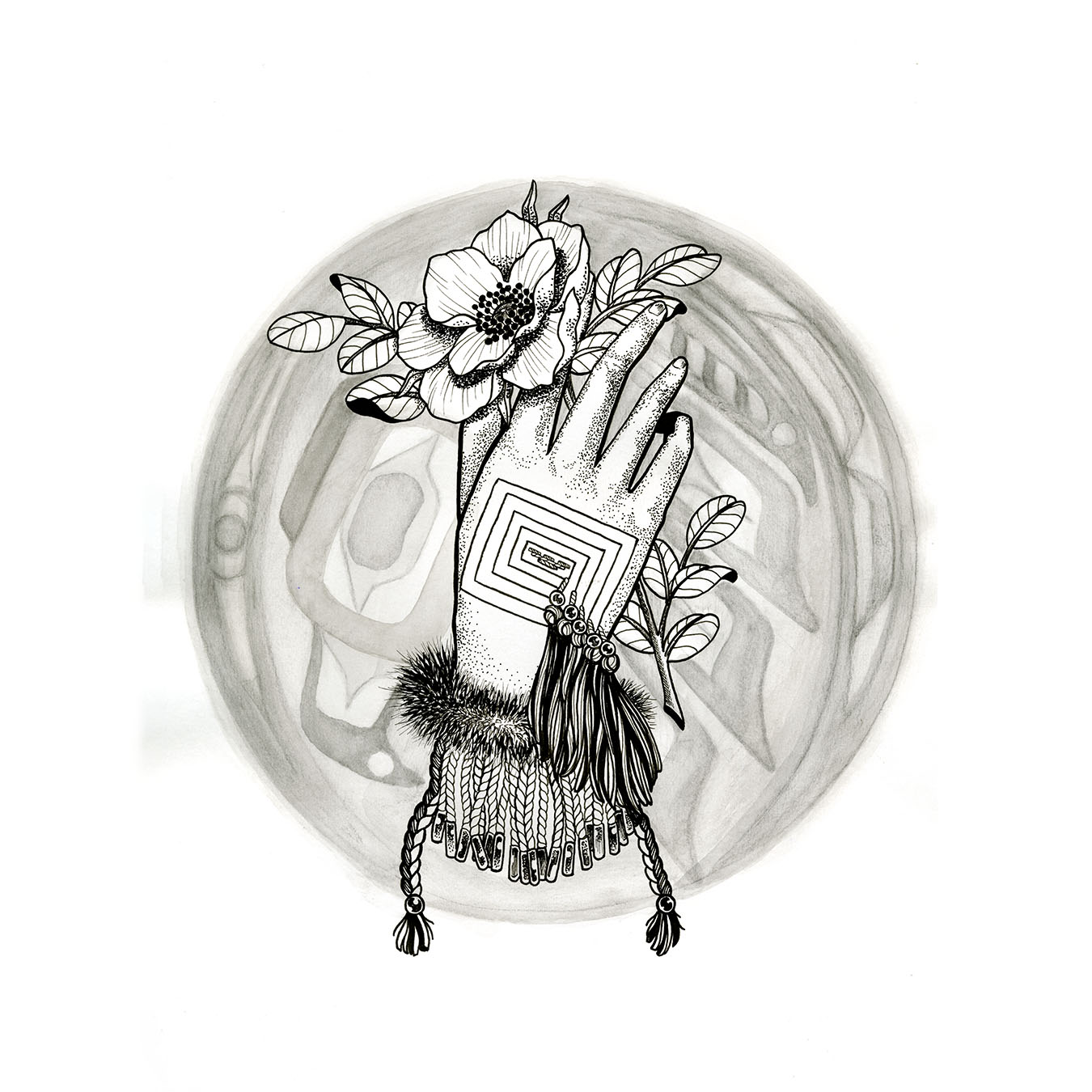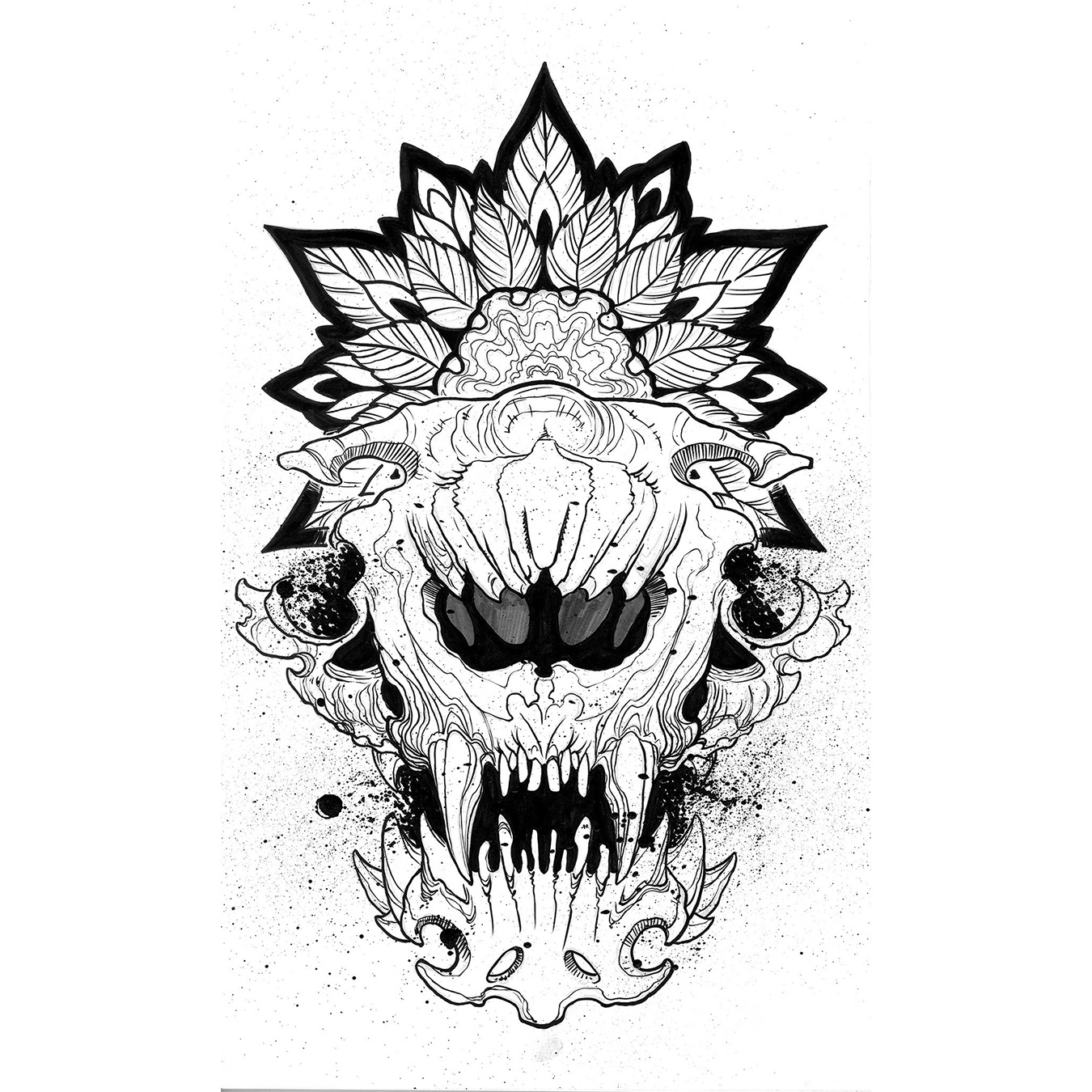
IDENTIFYING MARKS:
Tattoos and Expression
Alaska is home to diverse cultures and tattooing traditions. Inuit tattoo has been practiced in Alaska for millennia by Iñupiat and Yup’ik women. Colonization suppressed traditional tattooing, but a new generation of Indigenous women are revitalizing and restoring the practice. At the same time, tattoo traditions from Polynesia, Japan, and places throughout the US have made their way to Alaska and can be seen in the inventive styles of local tattoo artists working at shops throughout the state.
Traditional Inuit tattoos are signifiers of cultural belonging and are not intended for use or appropriation by those outside the culture. Inuit tattoos throughout the Circumpolar North region historically were made by women, for women. Receiving tattoos was a ceremonial rite of passage that marked important events in a woman’s life, such as the transition from girlhood to womanhood, or the birth of child. In the 19th and 20th centuries, Christian missionaries arrived in Alaska and forbade many important cultural practices, including Indigenous languages, dances, and tattoo. Generations of people experienced deep trauma resulting from the loss of culture and way of life under colonization. The revitalization of traditional tattooing practices is a powerful movement of Indigeneity and decolonization and an expression of cultural identity and sisterhood.
“I think we do a lot of talking now about tattooing and what it was traditionally…not in the last 200 years, but in the beginning. What that looked like. And trying to honor that.” Holly Mititquq Nordlum
TUPIK MI PART 1
Michael Conti & Holly Mititquq Nordlum
Holly Mititquq Nordlum is an Iñupiaq artist working to revitalize the tradition of Inuit tattoo in Alaska. Nordlum trained with Maya Sialuk Jacobsen, an Inuit tattooist from Greenland. A growing cadre of Indigenous female practitioners see the reclaiming of tattoo as a way to heal from colonization and as a statement of pride and cultural affiliation. Many are mentored through Nordlum’s Tupik Mi apprenticeship program.
Traditional Tattoo Selfies
Indigenous women from throughout Alaska share stories and photos of their traditional markings. Traditional markings may vary in placement and style. Some common markings include: tavluġun (chin tattoo); iri (tattoos in the corner of the eyes); siqñiq (forehead tattoo, also meaning “sun,”); and sassuma aana (tattoos on the fingers representing the sea mother).
Click to Enlarge
TUPIK MI PART 2
Michael Conti & Holly Mititquq Nordlum
Funded in part by the Anchorage Museum Polar Lab Project, Sundance Film Festival, Alaska Humanities Forum, and Greenland Arts Council.
Tattoo Tools
This collection of tools from Holly Mititquq Nordlum’s tattoo practice include both hand-poking and hand-stitching tools. Hand-stitching is reserved for Inuit tattoo only, whereas the poking tools can be used for any type of tattoo.
Skin-stitching is a process that involves sewing into skin using a needle and thread dipped in ink. Each stitch creates a single point of ink on the skin. This technique has been practiced by Indigenous communities throughout the North for millennia.
Hand-poking is a process that involves poking ink into skin using a needle. The hand-poke needle contains three or more needle spikes (or “pins”) which can poke a single point. Tattoo machines (or guns) mimic this process but use a motor to increase speed and frequency of the needle poke.
Alaska Tattoo Designs
Tattoo is a global phenomenon, and tattoo artists in Alaska come from diverse perspectives and backgrounds, influencing their individual styles and approaches. This compilation of tattoo designs features work made by artists practicing across the state. Some artists are beginning apprenticeships to learn the trade, while others have been working in the field for decades. Each artist chose to share a design that is meaningful to their tattoo work and signature style.
Click to Enlarge
Sponsors
Jan and Jeraldine van den Top
John and Carolann Weir
